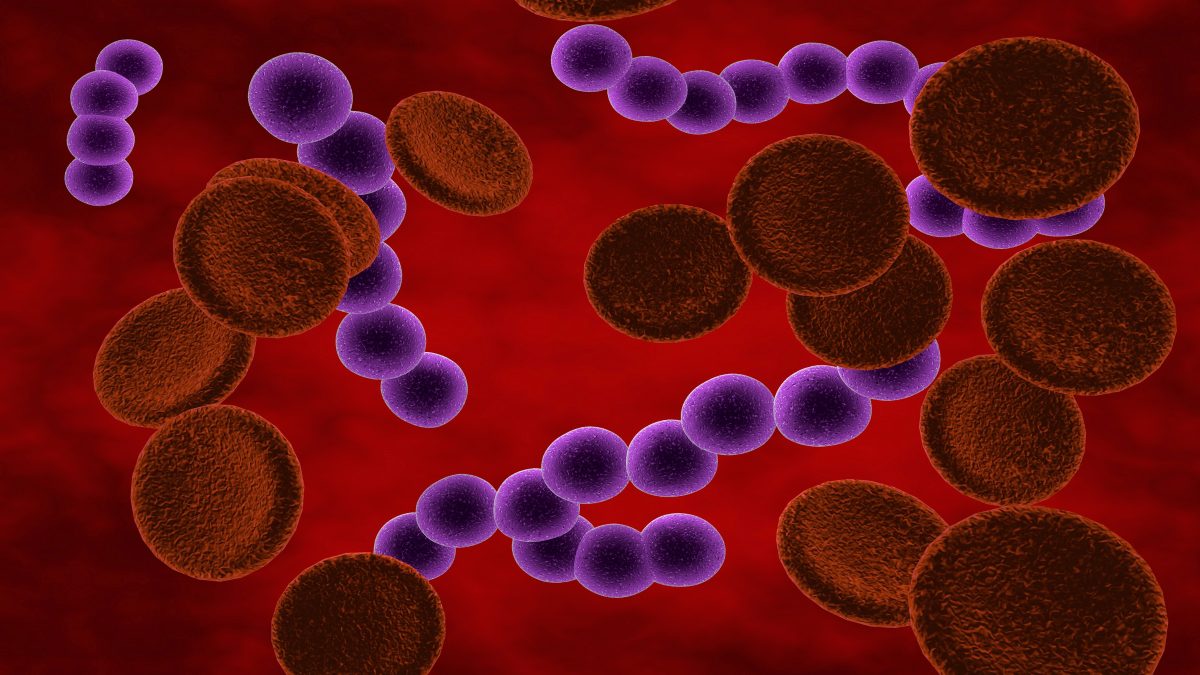Symptoms of rheumatic fever
Some people develop several severe symptoms of rheumatic fever, and others only have a few symptoms. The severity and type of symptoms may also vary over the course of the illness. Rheumatic fever typically develops within 14 to 28 days following strep throat.
The signs and symptoms of rheumatic fever are a result of the swelling in the tissues of the skin, joints, heart, or central nervous system, and they may include:
- Tender and painful joints, typically the knees, ankles, wrists, or elbows; less often, hips, shoulders, feet, and hands are painful
- Fever
- Swollen, hot, and reddened joints
- Nodules or lumps under the skin that are small and non-tender
- Pain and tenderness in one joint move to another one
- Heart murmur
- Chest pain
- Fatigue
- A painless rash that is slightly raised or flat and has an uneven or ragged border (erythema marginatum)
- Sudden emotional outbursts and unusual behaviors such as laughter or crying accompanied by St. Vitus’ dance
- Uncontrolled movements of the body that are jerky and occur most typically in the face, feet, and hands
When to see a doctor
Prompt and adequate treatment of strep throat can prevent rheumatic fever, so any child who has signs or symptoms of strep throat should be evaluated by a physician. Signs of strep throat include:
- A painful throat with swollen and tender lymph nodes
- A painful throat with no signs of a cold
- Painful swallowing
- A red rash occurs with a sore throat, starting at the neck and head, then extending to the abdomen, back, and extremities
- A strawberry tongue. The tongue is bright red with tiny bumps covering it
- Bloody or thick mucus from the nose. This is more common in children less than three years old
If any of the following are present, notify your physician:
- Newborns up to 3 months old: A fever of 100.4 F (38 °C) or higher (taken rectally)
- Children ages 3 to 6 months old: A fever of 102 F (38.9 °C) or higher
- Children ages six months to 2 years old: A fever of 102 F (38.9 °C) or higher that lasts longer than one day or does not come down with medication
- Children ages 2 to 17 years old: A fever of 102 F (38.9 °C) or higher that lasts longer than three days or does not come down with medication
Contact your physician if your child has any other signs or symptoms of rheumatic fever.
Rheumatic fever diagnosis
A diagnosis of rheumatic fever is based on a physician’s examination and the results of tests.
Physical examination
The physical exam may include:
- Evaluation for fever
- Evaluation of the joints for inflammation/swelling
- Looking for nodules under the skin which are typical of rheumatic fever
- Examining the skin for a rash common with rheumatic fever
- Evaluating heart sounds for any murmurs or an abnormal rhythm that may be a sign of cardiac inflammation
- Evaluating the central nervous system for inflammation by conducting simple movement tests
Tests for strep infection
If your child has had a recent strep infection, an additional test to check for group A strep may not be needed. If a test is ordered, typically, it will be a blood test.
Electrocardiogram (ECG or EKG)
This test records the electrical activity of the heart, allowing your physician to detect problems that can indicate impaired heart function or inflammation in the tissues of the heart. This test is non-invasive, meaning that no needles or injections are required if your doctor suspects a rheumatic fever diagnosis.
Echocardiogram
If your physician suspects rheumatic fever, this test may be recommended. It uses sound waves to produce images of the heart, like video pictures. This can show your physician if any of the heart valves are damaged or inflamed. Rheumatic fever does not typically cause heart valve damage early in the disease, but the test may need to be repeated later if there are changes in the patient’s condition.
Click Here to read about Treatment.
Source healthline
















Leave a Reply
You must be logged in to post a comment.